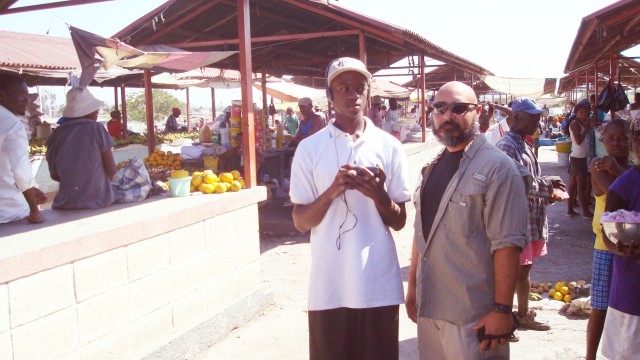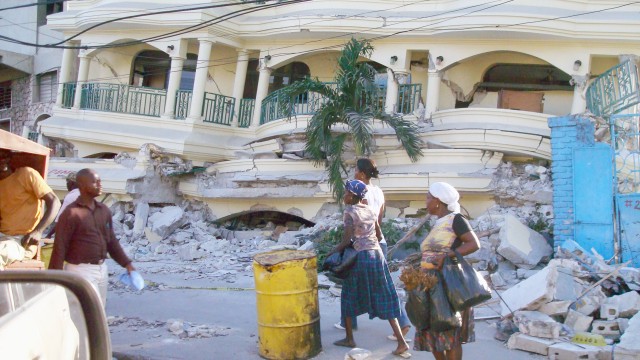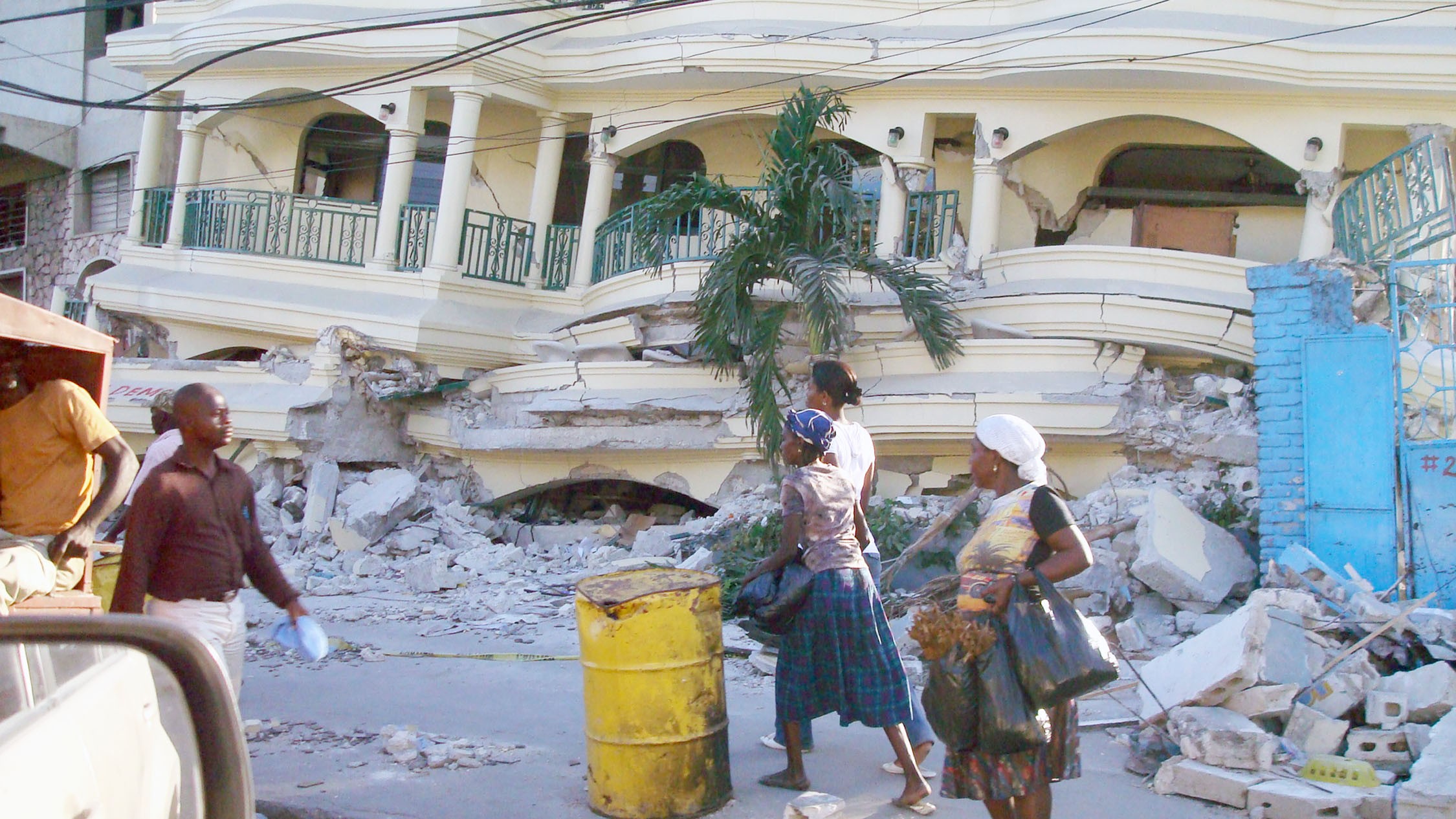PORT-AU-PRINCE, Haiti -- Members of the teams that quickly deployed to Haiti in response to the Jan. 12 earthquake have returned with first-hand accounts of what they experienced.
Edgardo Ortiz, a Military Intelligence Civilian Excepted Career Program agent with the 470th Military Intelligence Brigade, led one of two counterintelligence (CI) teams deployed by the brigade.
They supported XVIII Airborne Corps when it assumed its role as Joint Task Force (JTF) Haiti to conduct humanitarian assistance and disaster relief operations and assist the United Nations in those efforts.
Well provided with various mobile communications equipment, the two teams deployed to North Carolina within 24 hours of notification and linked up with the corps' intelligence staff at Fort Bragg on the afternoon of Jan. 18.
Two days later, the teams arrived in Haiti via military airlift and immediately conducted a mission analysis based on current intelligence and situational reports.
After further mission briefs and mission guidance from JTF staff, the teams immediately refocused their efforts into a "non-traditional" CI mission.
"We became the eyes and ears of the JTF commander to provide 'ground truth' assessments on current threats to the Haitian population, relief efforts and changing conditions on the ground, specifically in and around the city of Port-au-Prince," said Ortiz.
He explained that despite the widespread destruction, most of the population stayed in the city or quickly returned. "The government and most services are in the city," he related. "That is where the assistance was being provided."
People without livable residences set up temporary shelters in open areas. These Internally Displaced Person (IDP) camps quickly sprouted up all around the city, and one of the CI team's primary tasks was to provide assessments of these camps.
"These assessments were essential," said Ortiz. "They provided World Food Program [WFP] decision makers with critical information needed to assist in planning food distribution and selecting food DPs [distribution points]."
As soon as the initial DPs were selected, the teams assessed them, based on criteria established by the WFP.
The CI teams gathered most of their information by driving around, visiting the camps and talking with the people.
"We asked them how things were going, if support was getting to them, what had they heard," said Ortiz, who noted that while the radio stations broadcasted locations for obtaining food, water and various assistance, many of the people didn't have radios.
"Despite countless aftershocks and the tremendous amount of human suffering and tragedy witnessed by the teams, we worked around the clock to keep the JTF-Haiti commander and staff abreast of local atmospherics, increasing medical threats, criminal activity -- to include escaped Haitian prisoners -- and internal and external mass migration trends," Ortiz related.
"All of these factors threatened the overall relief effort, but most importantly the Haitian's people recovery and return to normalcy in this Caribbean nation."
Col. Jim Lee, brigade commander, said, "These CI teams, like the one Ed Ortiz led, exemplify the 470th Military Intelligence Brigade's expeditionary capability to rapidly deploy intelligence support teams anytime, anywhere around the world.
"He and others performed superbly."






Social Sharing